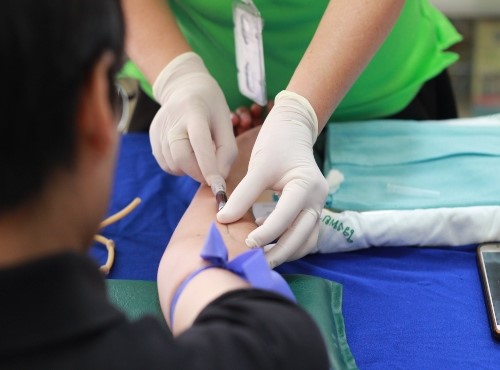
Going to the doctor isn’t easy for many people. It can cause a lot of anxiety for some, especially if they’re anticipating bad news. Unfortunately, delaying care usually leads to worse news.
However, there are other reasons that people avoid going to the doctor that you may have not considered. For those who fall into the categories below, these reasons will make great sense.
It’s worth mentioning that there is a segment of the American populace that avoids American doctors due to cost, but see foreign doctors as part of a medical tourism package.
Whatever the reasons are, the rising obesity rates in this country are pointing to a growing epidemic that will only add to the healthcare problems we now collectively face.
What you’ll see by the end of this article is that solutions are usually found through compromise. However, compromise isn’t always an easy ticket to sell for those who are trying to profit, ill-equipped to compromise, or simply stuck in their ways.
The High Cost of Medical Care
According to a report in the Journal of Forensic Medicine, Americans “spend $2.9 trillion dollars every year, around 18 percent of the GDP, and about $9,255 per person each year in healthcare costs.”
The report outlines three key areas most responsible for these rising expenditures:
- The corporatization of our medical system
- The rising costs of healthcare administration
- The growing costs of prescription medications
The report goes so far as to call our current healthcare system one based on “corporate greed.” So, what’s the solution?
How about hospitals and healthcare clinics using and promoting manageable payment plans to appeal to a variety of patients from different economic backgrounds? If the higher costs are keeping people away, why not adopt the payment philosophies of other businesses ― credit card companies, mortgage companies, and auto lenders?
Surely this would help reduce the growing amount of medical debt many have in this country, much of which will never go away.
Incidentally, these rising costs work both ways. If you look at what’s killing private practices in the U.S., you’ll discover two main culprits:
- Lower reimbursements through Medicaid
- Growing overhead costs
Systemic change is clearly needed to address rising costs on both fronts.
Cultural Barriers
High medical costs are just part of the problem. As America continues to be “the great melting pot” society, this translates into many cultural and language barriers to care. Language and cultural barriers can be an obstacle to those seeking healthcare.
Healthcare is reliant on clear and constructive communication, and as English isn’t the first language of many Americans, these language barriers can lead to improper treatment, particularly if no translator is available. The same can be said for cultural differences. Different cultures have different views and opinions when it comes to medical care and treatment. And this, too, can result in the disruption of care.
The answer, then, must lie in improving communication. Proactive outreach to underserved communities, along with the development of advanced communication skills that better enable healthcare providers to read between the lines and help bridge the gap, is a logical first step.
Reliance on Alternative Remedies
Alternative medicine is becoming more mainstream. In particular, an integrative approach that combines conventional and alternative medicine is gaining a lot of traction based on patient demand.
However, many conventional American medical circles, insurers, and pharmaceutical companies are reluctant to embrace this shift. This resistance can lead to those who are sold on alternative remedies deciding to take matters into their own hands.
Dr. Gordon Saxe, a founding member of the Center for Integrative Medicine at the University of California, San Diego, believes this trend is here to stay — and that bridging the gap between conventional and alternative medicine is the key to better healthcare outcomes.
Thanks to a large donation from philanthropist Andrew Kupp, Dr. Saxe is leading a program at the university that will study how diet, natural therapeutics, and lifestyle behaviors such as exercise can treat a variety of diseases, including cancer and heart disease.
Dr. Saxe says he had an epiphany when his father was diagnosed with cancer. It was an epiphany that led him to examine numerous studies on the relationship between diet and disease more closely.
“These studies are in the medical literature,” says Saxe. “You just have to dig a little to find them.”
Healthcare providers can help as well, as many in the U.S. are jumping on the alternative remedy bandwagon. They can also emphasize stopping problems before they start by encouraging healthy diets and lifestyles to prevent chronic conditions.
Bridging the gap is the solution to getting more people the medical care they need, whether it’s an economic gap, cultural gap, or philosophical gap. We just need to find more middle ground.






Be the first to comment